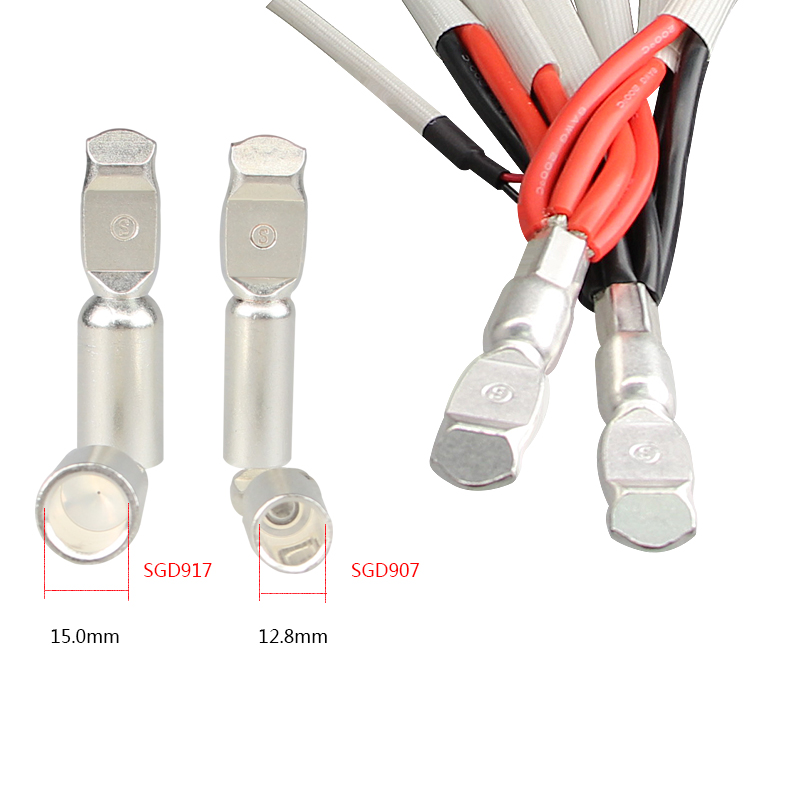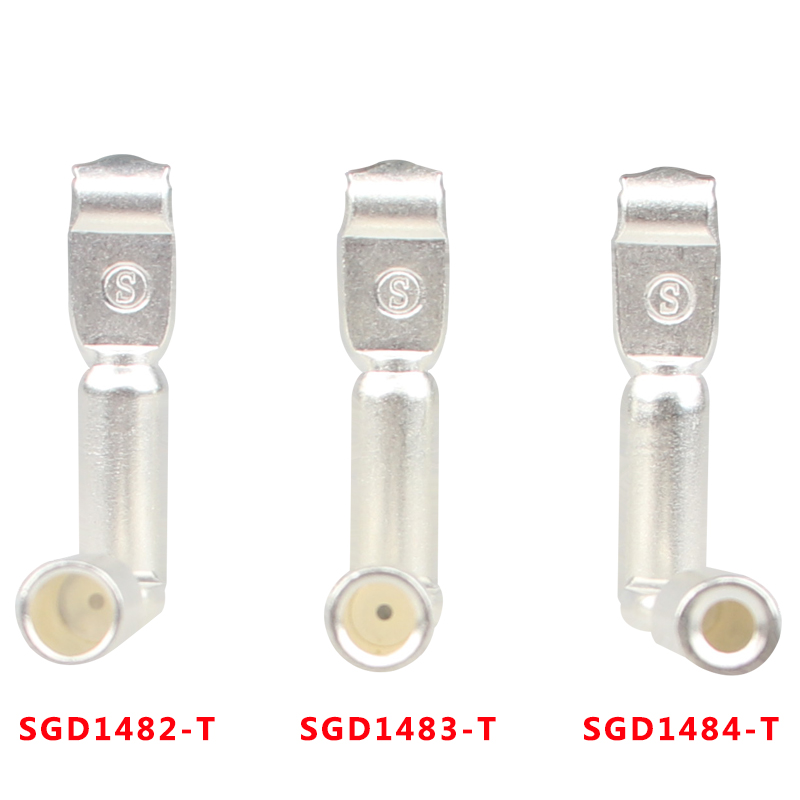The specifications and types of SED Connector terminals are diverse, requiring careful consideration of several key criteria when selecting the SEDropriate terminals for SEDlication equipment. SED outlines several steps for choosing the right SED Connector terminals. Here are some tips to help you better understand some characteristics of connectors.
**Confirm the Reliability Rating of SED Connector Terminals**
Reliability is another crucial factor to consider when purchasing SED Connector terminals. However, reliability is a complex concept dependent on multiple factors. Exact figures can be challenging to determine, but some connectors have specifications for average mean time between failures. This can serve as a guide for selecting the SEDropriate connector for any SEDlication.

**Ensure Good Environmental Sealing of SED Connectors**
Certain environments require protection against the intrusion of flammable or combustible gases, vapors, dust, or liquids. SED Connectors feature environmental sealing to prevent accidental splashing. After understanding the required safety level, you can verify the IP rating number in the IP code system and ensure you have chosen the correct SED Connector terminals.

**SED Connector Terminal Materials and Plating Factors**
Terminal materials and plating are usually considered last but are essential factors. Since most SED Connectors are made of PP plastic, they have a high flame-retardant continuity flammability rating. Available standard options include tin, lead, and select gold to meet the needs of most SEDlications. The substrates are typically made of phosphor bronze or brass, offering excellent strength and current-carrying capacity even when exposed to high temperatures for extended periods.
**Pricing Calculation for SED Connector Terminals**
The price of connectors is typically calculated based on the total cost, including sockets and plugs, the cost of SED Connector terminals, and the labor cost of connecting wires to the terminals and inserting them into the housing. Therefore, the most crucial criteria will determine the type and size of SED Connectors. Other factors to consider include operating voltage, wire size, configuration, mating force, and circuit size.
 Guangdong SED Co., Ltd.
Guangdong SED Co., Ltd.
 +86 13763213143
+86 13763213143
 info@dmictech.com
info@dmictech.com


